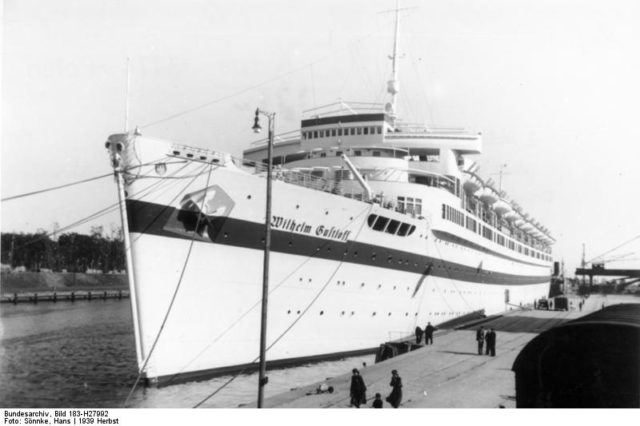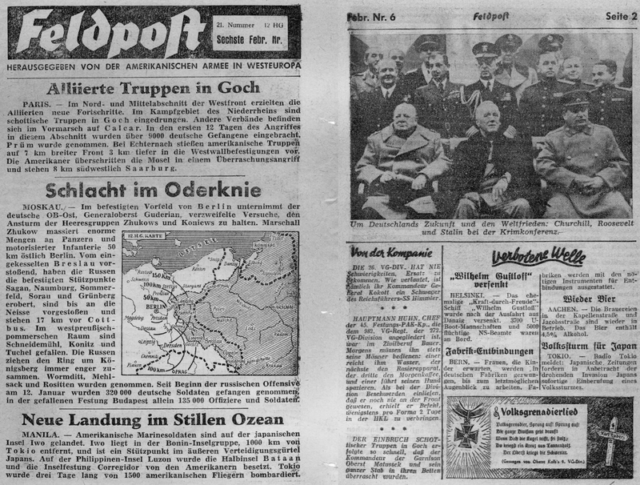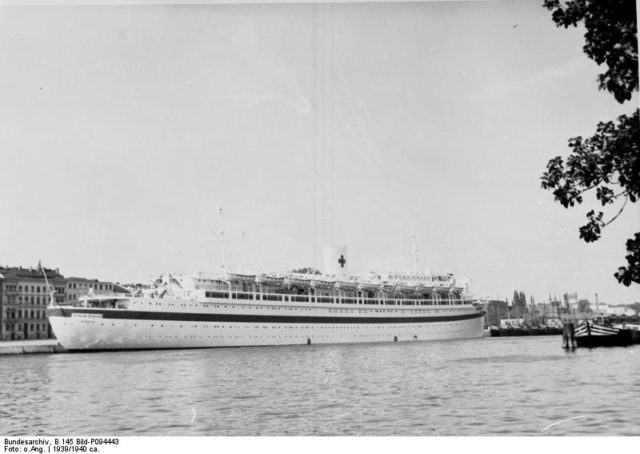It is no secret that the Nazi accumulated a lot of gold and various other treasures during their years in power. There are many stories about the gold’s whereabouts– stories of gold secreted away in bunkers and mines, but no one really knows for sure where had it all vanished.
One of the latest stories from survivors from a German ship called the MV Wilhelm Gustloff says the fabled £100 million gold hoard is now lying in the Baltic Sea in the wreckage of the torpedoed ship. The ship was sunk off from the coast of Poland by a Soviet torpedo. At the time of its loss, the ship was helping in the evacuation of naval personnel and civilians from East Prussia as the Red Army approached.

The ship was lost with nearly all of the 9500 crew and passengers, and the wreck was further flattened by depth charges from Soviet warships in a bid to remove it from the shipping channel. Due to its carrying of military personnel, the ship was unable to mark her as a hospital ship, and so the civilians had no protection under any international laws.
The ship suffered from overcrowdedness as it was able to comfortably hold 1,700 people normally but had nearly 10,000 men, women, and children. Many of the passengers had no life jackets. Also, it is reported only one lifeboat was successfully deployed. The water was freezing, and it took 40 minutes for the ship to sink. It is considered to be one of the largest casualties in history in the sinking of one single maritime vessel, Mail Online reported.

Divers have visited the site that now holds an international war grave status, which means no driver can get within 500 meters of the wreckage. The ship’s remains are now under large steel plates, as the past treasure hunters tried blowing the wreck apart to get to the gold. It is a curious story as the survivors of the crew are positive that there was a strongroom on board and before the ship sailed gold had been loaded. It was witnessed that trucks with armed guards appeared, and loaded boxes were stashed on board.

The ship originally was a luxury liner and became the flagship of Hitler’s navy. It also functioned as a hospital ship and eventually a floating barracks, but will always be remembered for the casualties and its ability to hide its secrets in the depths of the Baltic Sea.
Probably no one will ever know what lies under its old steel plates that mark the MV Gustloff’s grave in the frigid water of the Baltic Sea.
